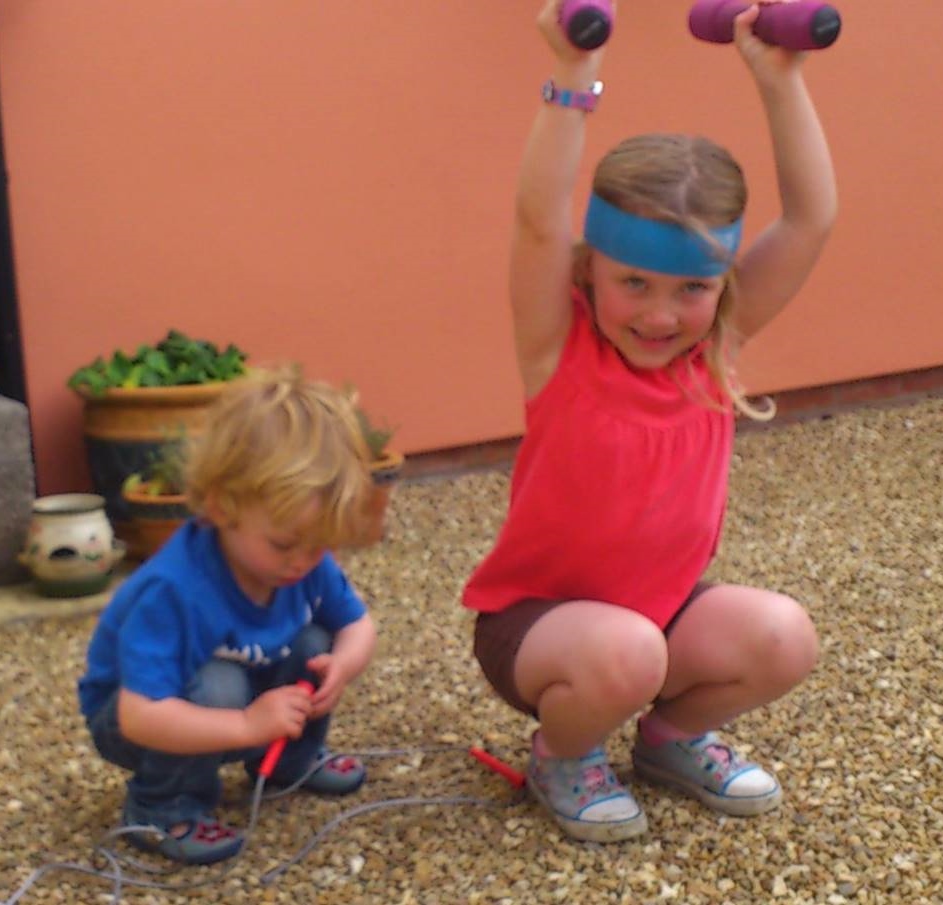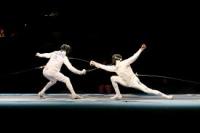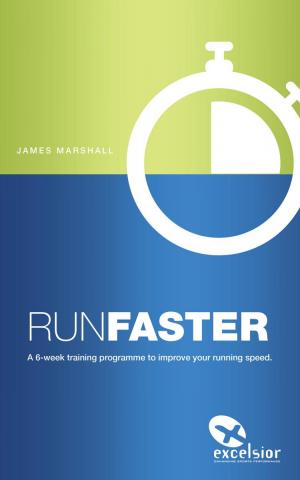Posts Tagged ‘warm ups’
How to make your warm up sport specific
Is your warm up sport specific?
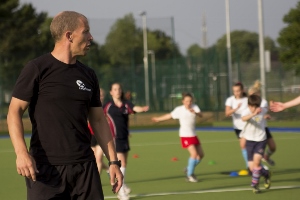 As many people in the world know and understand you can learn so much by watching and observing other people.
As many people in the world know and understand you can learn so much by watching and observing other people.
How society works? How people act in different situations, being a couple of examples.
Read MoreHow to warm up for fencing
“We want faster, cleverer and more independent fencers”
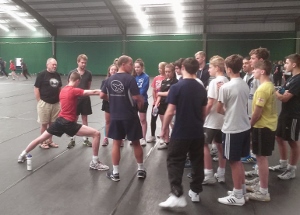 an aspirational goal discussed by SW Fencing hub coaches last week.
an aspirational goal discussed by SW Fencing hub coaches last week.
I was fortunate enough to be working on 2 great fencing camps last week: Norman Golding’s summer course at Millfield School and James and Ian Williams’ sabre camp in Grantham.
The above quote came from many conversations I had with some great individuals over the course of the 7 days on camp.
Read MoreWarm Up Specificity – spinning
Spinning is great, for cyclists!
If you watch the first 20 seconds of this clip you will see Tomlinson warming up for his role as a running back on a stationary spinning bike.
Read MoreDo Warm Ups Affect Performance?
The goal of the warm up is to prepare the body mentally and physically for exercise or competition.
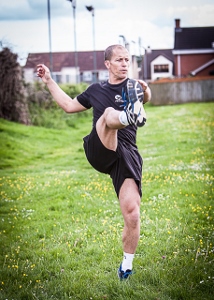 We would therefore look for the following positive effects:
We would therefore look for the following positive effects:
- Faster muscle contraction and relaxation.
- Improved rate of force development and reaction time.
- Improvements in muscle strength and power.
- Skill preparation and mental focus.
Methods that are used include;
Read MoreA different perspective on warm ups – Diversity and Variety.
“The purpose of the warm up is to prepare the body and mind for the activity to follow”.
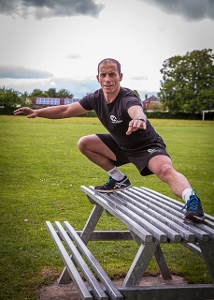 That is my general explanation on what we are trying to achieve in a warm up.
That is my general explanation on what we are trying to achieve in a warm up.
Currently you might conduct our warm ups on physiological terms-
Read MoreThe ultimate guide to warm ups
Why do you Warm up?
To prepare your body and mind for the activity to follow.
If you have a “routine” that you follow day in day out, it bcomes just that…routine. Your mind switches off, your body has adapted too well, and any benefits are lost.
Read MoreDo you want to Run Faster?
How can I sprint quicker?
Speed kills…
Almost every athlete needs to sprint quickly in their sport, those who do it quicker, beat their opponents. Putting aside the need for braking and change of direction, pure sprint speed is a useful asset.
Read MoreWarm Ups for strength training- Istvan Javorek
 On a daily basis I hear from students that they heard that some exercises are dangerous. So my first basic weight training class I start with this short introduction: There aren’t dangerous exercises, just dangerous techniques.
On a daily basis I hear from students that they heard that some exercises are dangerous. So my first basic weight training class I start with this short introduction: There aren’t dangerous exercises, just dangerous techniques.
I devote a great deal of time to warming-up exercises. I consider a good warm-up to be the first step in preventing injuries, as well as providing very good mental and physical preparation.
Read More
